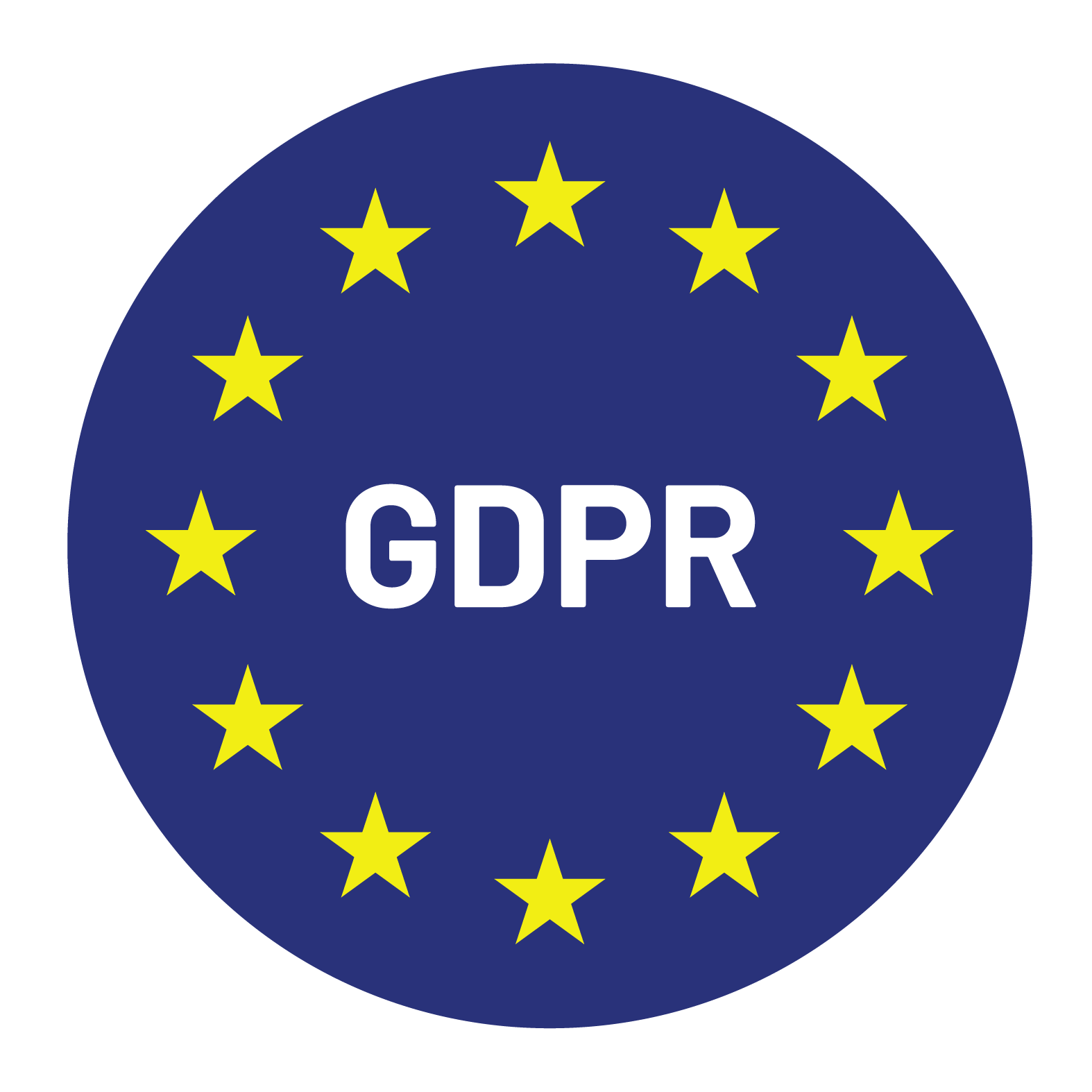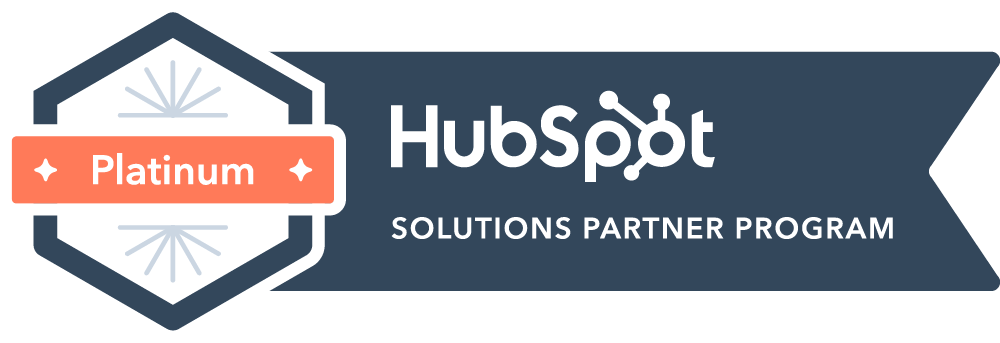

Content Writer for Whistle with multidisciplinary experience spanning over a decade.
Understanding who does what in a sales team can feel more complex than it should be. The acronyms alone, SDR and BDR, are enough to leave people second-guessing where one role ends and the other begins. Yet for companies scaling revenue and for individuals building a career in sales, this distinction matters. The success of a sales function often depends on how clearly these roles are defined and executed.
Getting these roles right is not a matter of semantics. It influences how efficiently a sales team operates, how quickly opportunities move through the pipeline, and how effectively a company can expand into new markets.
The Sales Development Representative, or SDR, is often the first point of contact between a business and a potential customer. Within B2B sales, the SDR role focuses on prospecting and qualifying leads before passing them along to Account Executives.
Key responsibilities:
SDRs spend their time researching prospects, reaching out through email, calls, and LinkedIn, and qualifying inbound leads generated by marketing. Their job is to ensure the sales pipeline is filled with opportunities that are both interested and aligned with the company’s target profile.
Skills needed for success:
Successful SDRs are persistent, but persistence alone is not enough. They also need curiosity, which allows them to ask the right questions and uncover whether a prospect has genuine potential. Research skills matter because most SDRs spend time understanding industries, companies, and buyer roles before reaching out. Communication is equally important, both in how they frame outreach and how they listen during conversations. And then there is time management: SDRs often juggle dozens of prospects in a single day, and the ability to stay organized directly impacts the quality of interactions and the results they deliver.
Benefits to the organization:
SDRs streamline the sales process by handling the earliest stages of outreach and qualification. Instead of Account Executives spending time on cold calls or filtering through unqualified leads, they can focus on running sales conversations and closing opportunities. The result is a more balanced use of resources: sales teams operate more efficiently, conversion rates improve, and companies see greater return on the effort that goes into pipeline building.
A Business Development Representative, or BDR, plays a slightly different role. While SDRs concentrate on lead qualification, BDRs are tasked with identifying new business opportunities, often in accounts or markets the company has not yet engaged.
Key responsibilities:
BDRs map out target accounts, identify decision-makers, and design outreach strategies tailored to those organizations. Their work often involves outbound prospecting into companies that may not yet know much about the product or service. Strategic research and personalized engagement are central to the role.
Skills needed for success:
The strongest BDRs are commercially minded and able to connect the dots between a prospect’s business challenges and the solutions their company provides. They need sharp research skills, adaptability, and the confidence to approach senior executives with informed perspectives.
Benefits to the organization:
BDRs expand the company’s reach by opening doors that would otherwise remain closed. They help sales teams move into new markets, uncover accounts with high potential, and position the company for long-term growth.
Although SDRs and BDRs often sit in the same department, their daily work looks quite different.
Both roles require consistency, but the nature of their work differs: SDRs handle higher volume, BDRs go deeper with fewer but more strategically significant accounts.
Understanding how SDRs and BDRs fit into the sales funnel clarifies why both roles are necessary.
The SDR and BDR roles often serve as entry points into B2B sales, but the career trajectories are not identical.
Typical SDR career path:
Many SDRs progress into Account Executive positions. After proving they can generate and qualify opportunities, they move into roles where they own the full sales cycle, from running meetings to closing deals. Some SDRs also shift into marketing or customer success roles, depending on their strengths.
Typical BDR career path:
BDRs often transition into more strategic sales or account management positions. Because they work closely with senior decision-makers and focus on opening high-value accounts, the move into enterprise sales or strategic account management is a natural next step.
Opportunities for growth:
Both roles can lead to management positions, such as SDR Manager or Business Development Manager. These leadership roles involve coaching teams, refining processes, and aligning sales development with broader company objectives.
How do SDR and BDR roles compare?
SDRs qualify inbound leads and handle high-volume outreach. BDRs identify and engage new accounts, working more strategically.
Can one person handle both SDR and BDR responsibilities?
In smaller organizations, yes. One person may be asked to manage both inbound qualification and outbound prospecting. In larger sales teams, separating the two creates better focus and efficiency.
Which role is better for beginners in B2B sales?
SDR roles are typically seen as the entry point because they involve higher activity and structured processes. BDR roles often require more commercial judgment and strategic thinking, which makes them better suited to those with some experience.
How do companies decide to hire SDR vs BDR?
It depends on the company’s growth goals. If the focus is converting inbound demand efficiently, SDRs are prioritized. If the goal is entering new markets or expanding account penetration, BDRs are more valuable. Many successful teams employ both.
What skills make SDRs and BDRs successful?
Strong communication, research ability, persistence, and commercial awareness. SDRs thrive on discipline and consistency, while BDRs thrive on strategic thinking and adaptability.
The distinction between SDR and BDR is more than a matter of terminology. SDRs bring structure and efficiency to inbound qualification, while BDRs push into new markets and accounts. Both roles are essential, but they require different mindsets, skills, and measures of success.
For companies building a sales team, clarity is the priority. Define each role carefully, align them with marketing and Account Executives, and set clear expectations for metrics. Doing so ensures both SDRs and BDRs contribute meaningfully to pipeline growth.
For individuals considering a career in sales, the choice between SDR and BDR often comes down to personal strengths. If you enjoy structured outreach and high activity, SDR might be the right entry point. If you prefer research, strategy, and building relationships at a higher level, BDR could be a better fit.
Whistle knows how defining these roles effectively sets teams up for long-term growth. Companies that invest in clear responsibilities and well-supported development roles build healthier pipelines and stronger sales outcomes. If you are building or refining your sales team and want a partner with practical expertise in structuring SDR and BDR functions, Whistle is here to help.


© Copyright – Whistle 2023